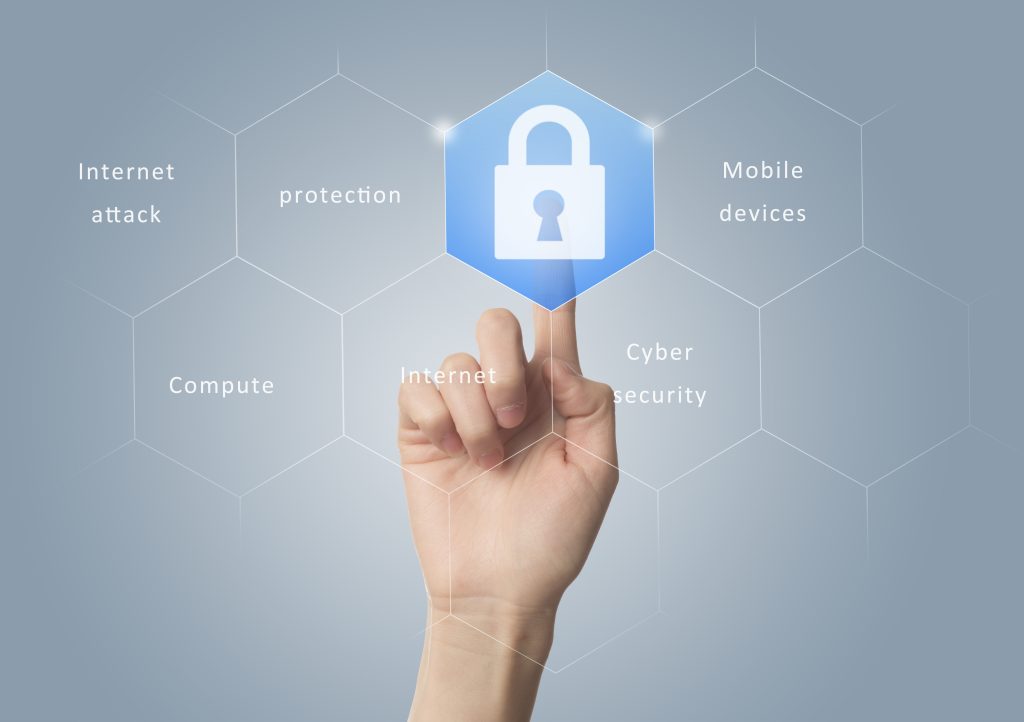Zero Trust : Principles and Implementation
In the ever-changing world of cybersecurity, where threats are constantly evolving, sticking to old-fashioned security methods just isn’t cutting it anymore. With businesses using cloud services, people working remotely, and everyone glued to their mobile devices, we need a better way to keep our data safe. That’s where Zero Trust Architecture (ZTA) comes in. It’s like a breath of fresh air in the world of cybersecurity, shaking up the way we think about trust and security in our networks.
Understanding Zero Trust Architecture
Zero Trust Architecture centers on the concept that organizations should refrain from automatically trusting any entity, whether it’s within or outside their network perimeter. Unlike security frameworks reliant on perimeter defenses and internal trust assumptions, Zero Trust operates on the principle of “never trust, verify.” This necessitates that all users, devices, and applications undergo authentication, authorization, and continuous validation before accessing resources, regardless of their location.

Principles of Zero Trust Architecture
- Verify Identity: Identity verification is the cornerstone of Zero Trust. Every user, device, or application attempting to access resources must undergo rigorous authentication using techniques like multi-factor authentication (MFA) and biometric authentication.
- Least Privilege Access: Once authenticated, entities are granted the least privilege necessary to perform their tasks. This principle ensures that even if a user’s credentials are compromised, the potential damage is limited due to restricted access rights.
- Micro-Segmentation: Networks are divided into smaller segments, or microsegments, with strict access controls enforced between them. This limits lateral movement within the network, minimizing the impact of a security breach.
- Continuous Monitoring: Zero Trust relies on continuous monitoring of user and device behavior to detect anomalies and potential security threats. This includes real-time analysis of network traffic, user activity, and access patterns.
- Encryption: Data should be encrypted both at rest and in transit to prevent unauthorized access. Strong encryption mechanisms, such as Transport Layer Security (TLS) and Advanced Encryption Standard (AES), should be employed to safeguard sensitive information.
Implementation of Zero Trust Architecture
Implementing Zero Trust Architecture requires a holistic approach encompassing people, processes, and technology. Here are some key steps organizations can take to adopt Zero Trust:
- Inventory and Classification: Conduct a comprehensive inventory of all assets, including devices, applications, and data repositories. Classify these assets based on their sensitivity and criticality to the organization.
- Identity and Access Management (IAM): Implement robust IAM solutions to manage user identities and enforce access controls. This includes identity verification, role-based access control (RBAC), and privilege management.
- Network Segmentation: Segment the network into smaller, isolated zones based on trust levels and data sensitivity. Use firewalls, virtual private networks (VPNs), and network access controls (NAC) to enforce segmentation and control traffic flow.
- Zero Trust Network Access (ZTNA): Adopt ZTNA solutions that provide secure, identity-based access to applications and resources, regardless of their location. ZTNA solutions replace traditional VPNs with more granular access controls and contextual authentication.
- Endpoint Security: For endpoint security enhancement, consider deploying endpoint detection and response (EDR) solutions, antivirus software, and endpoint encryption. Additionally, conduct device health checks and rigorously enforce security policies across all endpoints.
- Continuous Monitoring and Analytics: Incorporate security information and event management (SIEM) systems, along with user and entity behavior analytics (UEBA), and threat intelligence platforms, into your infrastructure for continuous monitoring and threat detection. Additionally, leverage machine learning and AI algorithms to effectively identify suspicious activities and anomalies.
- Education and Awareness: Train employees on Zero Trust principles and best practices for secure behavior. Foster a culture of security awareness and encourage users to report any security incidents or suspicious activities promptly.
Conclusion
Zero Trust Architecture marks a transformation in cybersecurity, transitioning from the perimeter-based security model to a more adaptable and resilient approach. By adopting a zero-trust mindset and enforcing access controls, organizations can reduce the risks associated with data breaches, insider threats, and other cyberattacks. However, implementing the Zero Trust approach may involve an investment and organizational adjustments. Nevertheless, the advantages, in terms of improved security and risk reduction, are well worth the effort. Given that cyber threats constantly change, adopting Zero Trust Architecture is crucial for protecting information and maintaining business operations.








